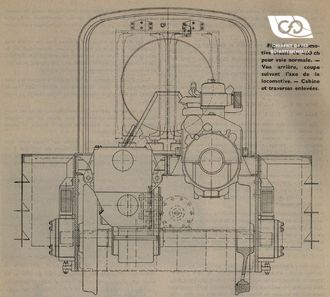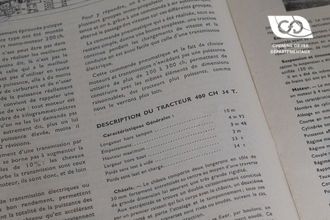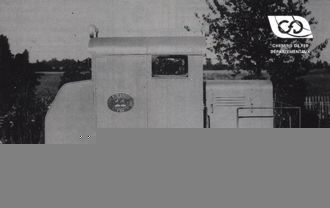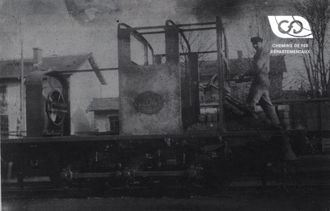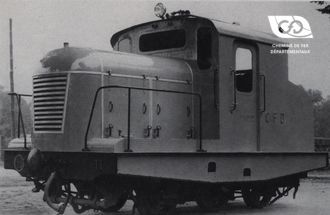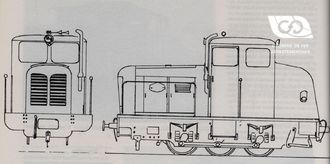The composition of the transmission
The transmission is composed of: a Comete Mecano La. 120 tri-disc clutch, or alternatively 14 L.F. bi-disc
These classic clutches are easy to maintain. They are integral with the engine and are connected to the gearbox by means of a Glaenzer-Spicer type 1700 cardan shaft.
The advantage of this arrangement is that no precision is required in the motor-gearbox alignment and, therefore, the assembly and disassembly of these components is made easier.
A gearbox specially built by Société des Procédés Minerva provides six different gears For this purpose, it has a mechanism giving three gears that can be doubled by means of a double gear ratio device.
These six speeds follow one another in an approximately geometrical progression.
The following gear ratios are obtained for I 500 rpm at the motor:
- 1{suli}re{/suli} speed 8.8 4th speed 26
- 2nd gear 13 5° speed 38
- 3rd speed 18.6 6th speed 54.5
The gears belonging either to the group giving the three speeds or to the doubler, have their teeth always in mesh, their drive is carried out by means of splined shafts mounted on ball or roller bearings. The gears that are not under load, rotating idly around their shaft, are also mounted on bearings. They are fixed to the shaft that supports them by means of high-capacity synchronising claws. The synchronizers are of the so-called "inertia" type, which are very efficient, and only allow the speed to be jawed when the synchronization is completely complete.
The control of the synchronizing crabs is obtained by means of steel forks with bronze inserts.
These forks are attached to rods controlled by means of compressed air cylinders attached to the front and rear of the gearbox.
The gearbox is completed by a compartment containing a set of reduction gears controlling the output shaft, which allows, by only changing the ratio of these gears, to make locomotives with different speeds.









